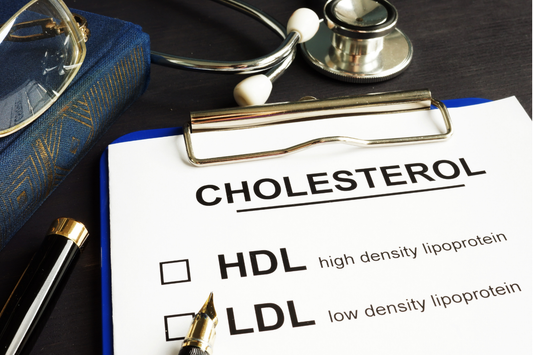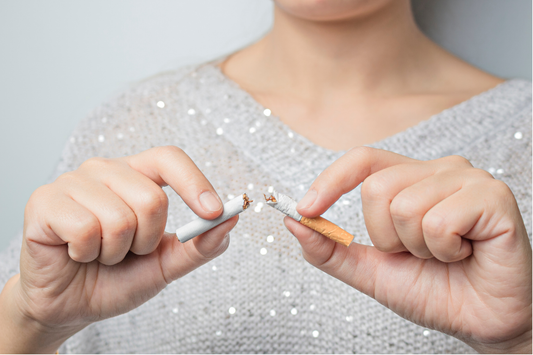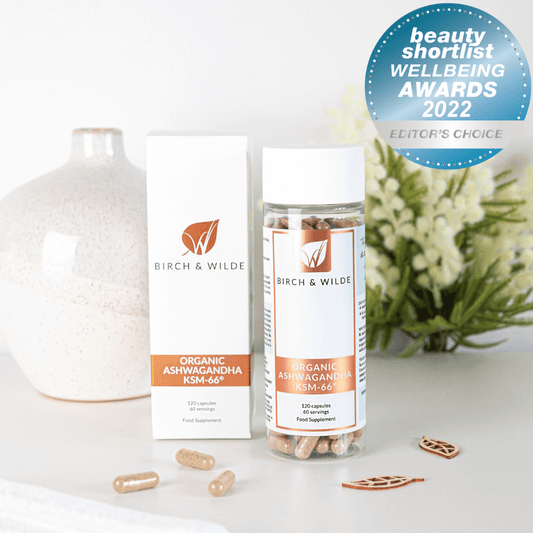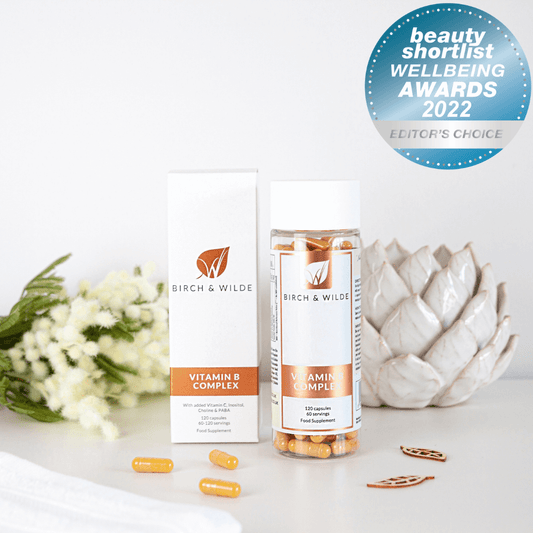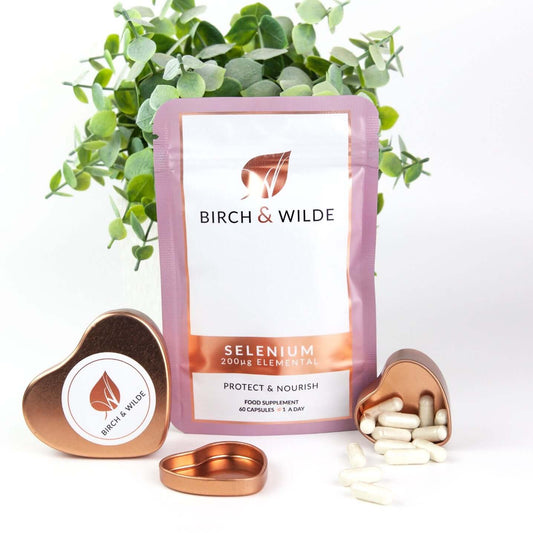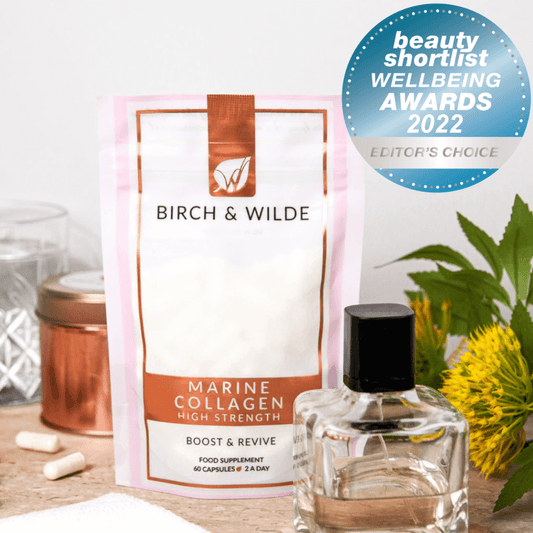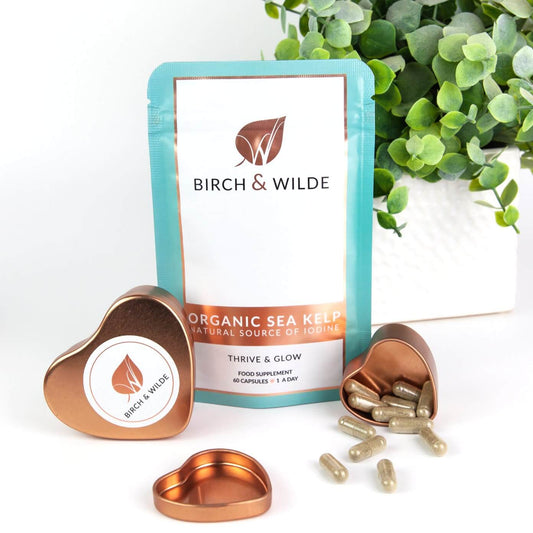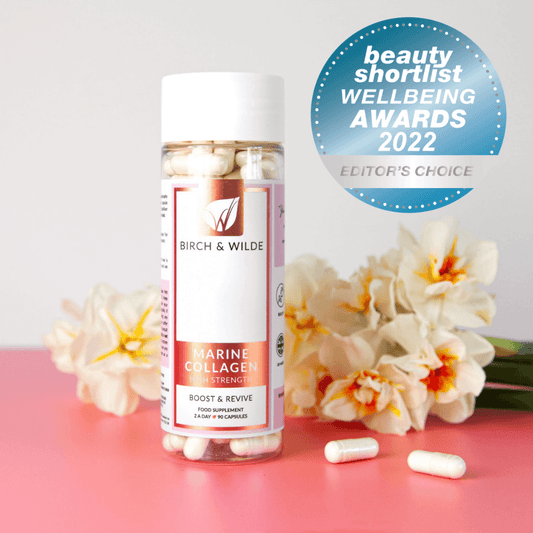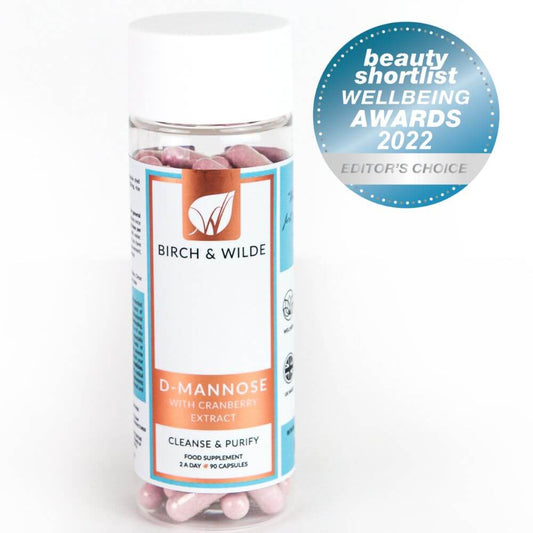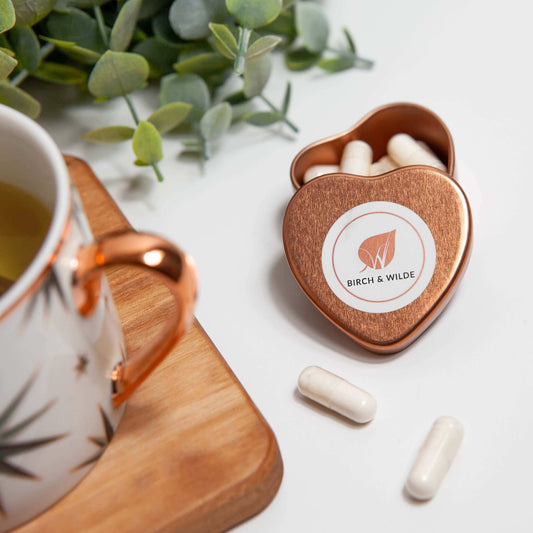Stay Cool, Stay Safe: Understanding Heat Stroke and How to Prevent It
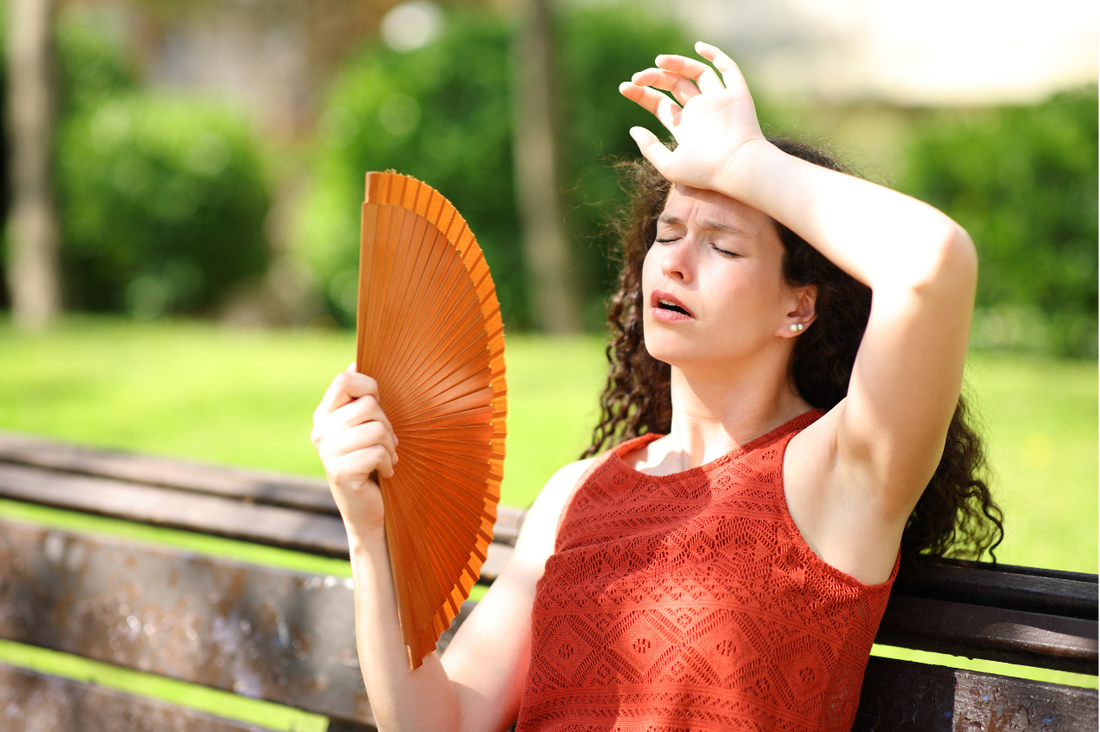
As summer settles in and the temperatures rise, many of us welcome the sunshine with open arms. But for women in our 30s, 40s, and beyond, staying active and well during warmer months means being mindful of how heat affects our bodies. Heat illness, particularly heat stroke, is more than just a touch of summer discomfort. It’s a serious condition that can become dangerous if ignored. Whether you are tending to the garden, walking the dogs, or chasing after little ones at the park, knowing the signs of heat stress and how to protect yourself is essential.
What is Heat Illness?
Heat illness is a spectrum of conditions that occur when your body is unable to cool itself effectively. It starts with mild symptoms like heat cramps and heat exhaustion, which can progress to the more serious and potentially life-threatening condition known as heat stroke. At its core, heat illness occurs when your body’s natural cooling system — primarily sweating — becomes overwhelmed by external temperatures and internal exertion.
Early signs might include muscle cramps, fatigue, dizziness, nausea, or heavy sweating. If left untreated, these can quickly escalate. That’s why it’s important to listen to your body and act quickly when something feels off in the heat.
What Causes Heat Stroke?
Heat stroke happens when your body temperature rises to 40°C (104°F) or higher and can no longer regulate itself. This condition requires urgent medical attention, as it can cause damage to the brain, heart, kidneys, and muscles. The longer it takes to cool the body down, the more severe the damage can be.
Common causes of heat stroke include spending long periods in high temperatures, intense physical activity in the heat, dehydration, or being in poorly ventilated environments. Certain medications, such as diuretics, antihistamines, and blood pressure medications, can affect how your body retains fluid and responds to heat, putting you at greater risk.
Symptoms to watch for include:
➼ A body temperature of 40°C (104°F) or higher
➼ Dry, hot skin with no sweating
➼ Confusion or slurred speech
➼ Rapid heartbeat and breathing
➼ Headache
➼ Nausea or vomiting
➼ Seizures or unconsciousness in severe cases
If you or someone around you shows signs of heat stroke, call emergency services immediately and try to lower the person’s body temperature with cool compresses or a cold bath while waiting for help.
How to Stay Cool and Prevent Heat Stroke
The good news is that heat stroke is largely preventable with a few mindful steps. Here’s how you can stay safe and cool this summer:
• Hydrate often: Sip water throughout the day, even if you don’t feel thirsty. Add a pinch of sea salt or opt for electrolyte-rich drinks if you’re sweating heavily.
• Dress smart: Choose light, breathable, loose-fitting clothing in pale colours. Natural fibres like cotton and linen allow your skin to breathe.
• Limit sun exposure: Avoid strenuous activity during peak heat hours, typically between 11 am and 3 pm. Seek shade when outdoors and plan errands for early morning or evening.
• Cool your space: Use fans, open windows during cooler hours, and keep blinds drawn against direct sunlight. A damp washcloth on your neck or wrists can offer instant relief.
• Know your risk factors: If you take medications, have underlying health conditions, or are going through perimenopause or menopause, be extra vigilant. Hormonal shifts can impact your body’s temperature regulation.
• Check in on others: Older adults, young children, and pets are especially vulnerable. Make it a habit to check on loved ones during heatwaves.
A Final Note
Caring for yourself during the warmer months isn’t just about comfort, it’s about safety. By understanding the risks and listening to your body, you can fully enjoy summer without sacrificing your wellbeing.
Stay nourished from the inside out
As temperatures rise, hydration and internal support become even more essential. Vitamins like B-complex and minerals like selenium can help support energy levels, stress response, and antioxidant protection during hot weather. You may also explore our Birch & Wilde supplement collection to give your summer self a helping hand from within.




